From the point of view of my own interest, which is using information from paleoclimates to learn about future climate change, the PMIP meeting was very successful. We got the opportunity to refine the focus of the working group “Past to Future”, which I am coordinating, and several new people joined the group. Some people even promoted the idea that without the Past to Future element, paleoclimate research will have trouble getting any funding ever again. I am sure this is not true… but it’s nice to have support.
One problem with the idea of using the multi-model ensemble to improve our predictions of the future may be summarised by a recent visit to Chester zoo.
The problems arise if this is the multi-model ensemble,

while this is reality:

Our work to date indicates that reality is much more like another meerkat than it is like a rhinoceros, but it is possible that the rhino may yet rear its ugly head and cause difficulties. Another problem is the difficulty of getting good enough paleoclimate data that we can distinguish between the good models and the less good models. At some points last week I was wondering if we should halt the model development and instead pour all resources into improving the data, but of course, that is a politically incorrect thought. Instead we will have to see how far we can get with using information from as much of the paleorecord as we can, not just the single “snapshot” of the Last Glacial Maximum.
And then there is the PMIP zoo!
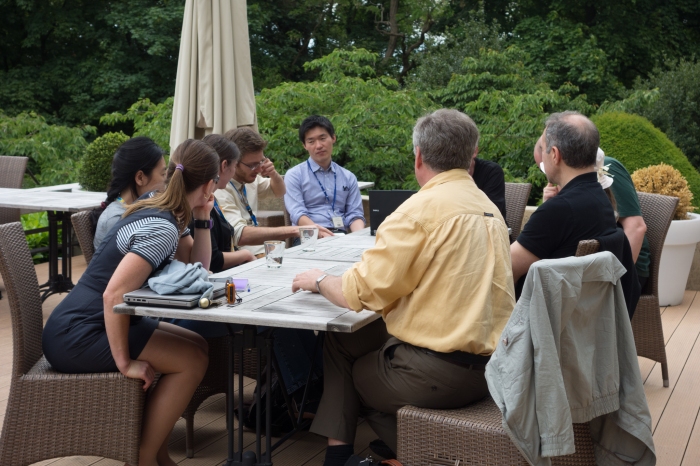
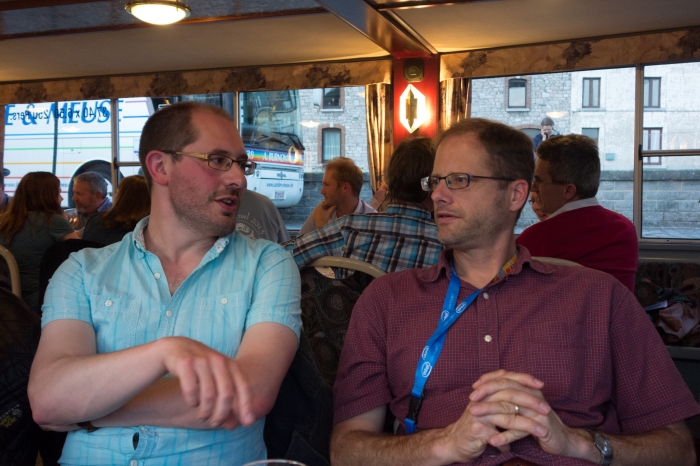
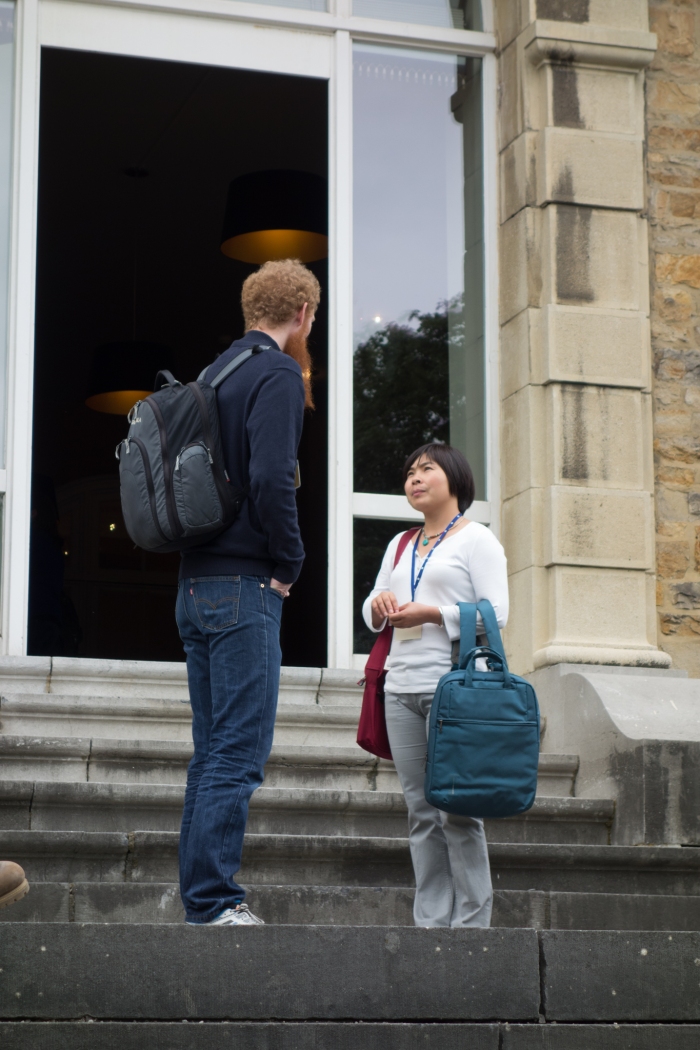
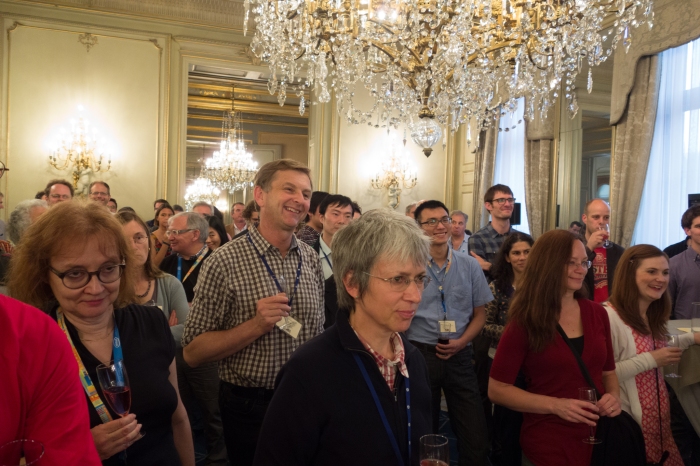
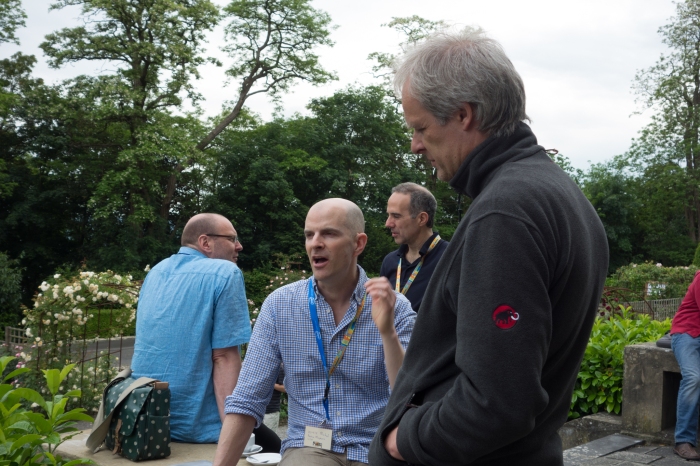
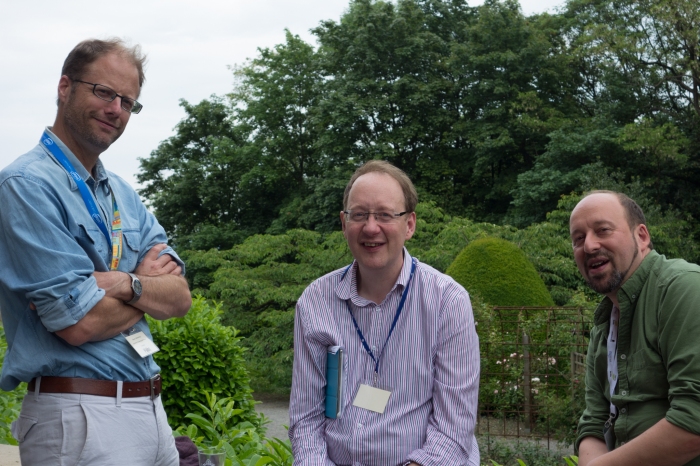
The meeting was held in Namur, Belgium, at the top of the hill, site of a “citadel”.
View from the top:

The conference hotel:


3 comments:
I agree with the idea of getting more data on change, not time slices.Much of the deglaciation modeling is based on interpolation between last glacial maximum and modern states. It would be nice to actually have some change data.
Is the data problem an analytical problem or a "relationship of proxy to actual temperature (or other climactic signal)" problem?
Hi Chuck,
Generally speaking, it's an interpretation problem. When first getting involved in this, I remember some amusing crossed wires: "how accurate are your proxy data?" "about one part in a thousand" etc.
Having said that, I think that some of the new interpretations may depend on measuring stuff that people haven't been able to in the past. So there is room for analytical progress.
Post a Comment